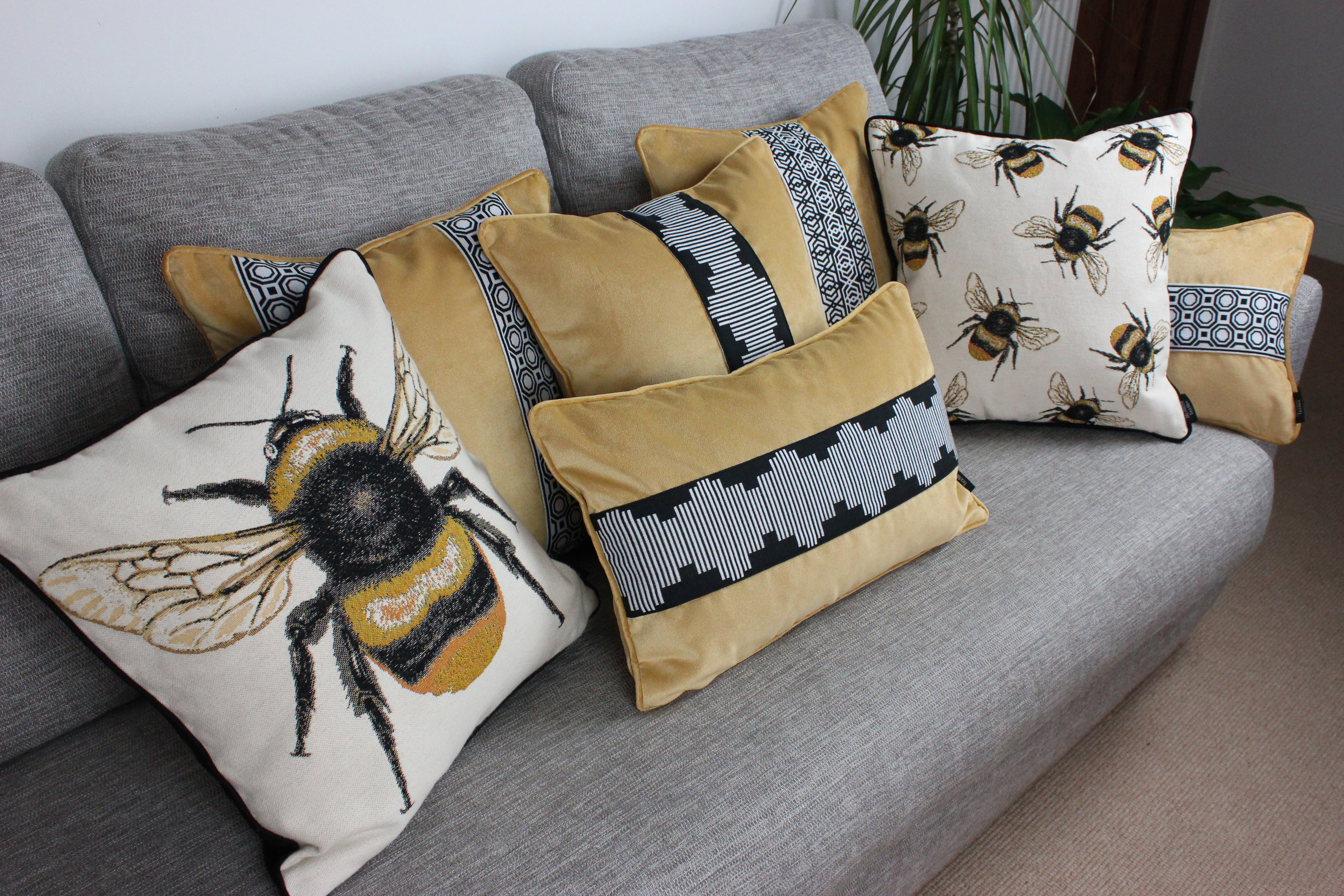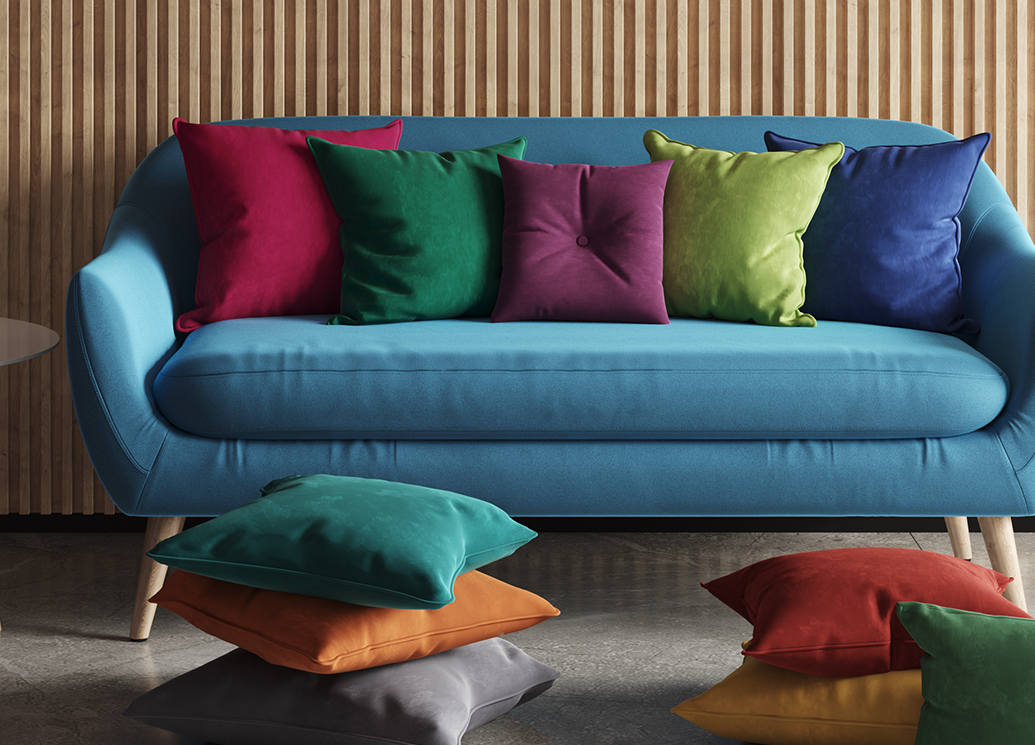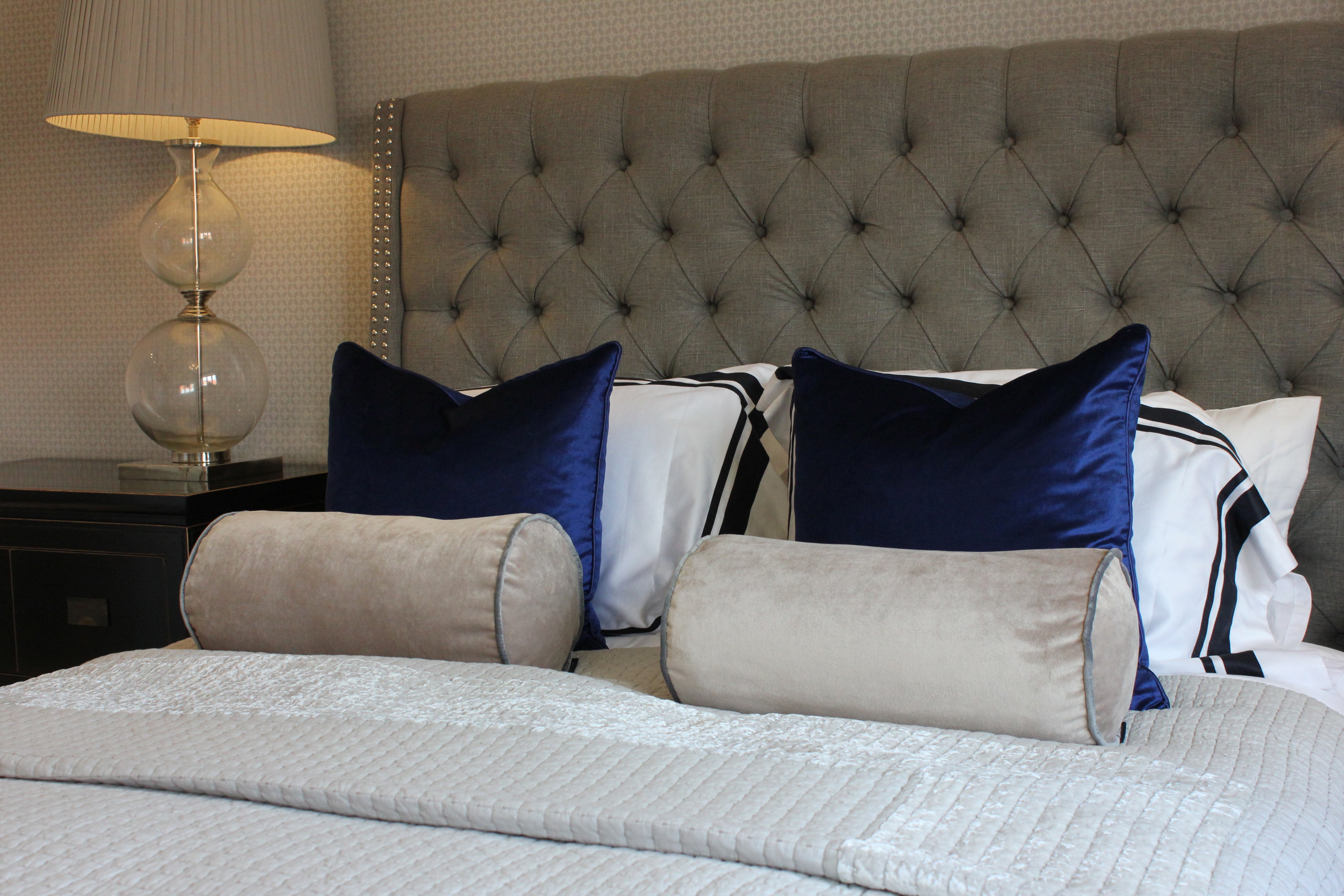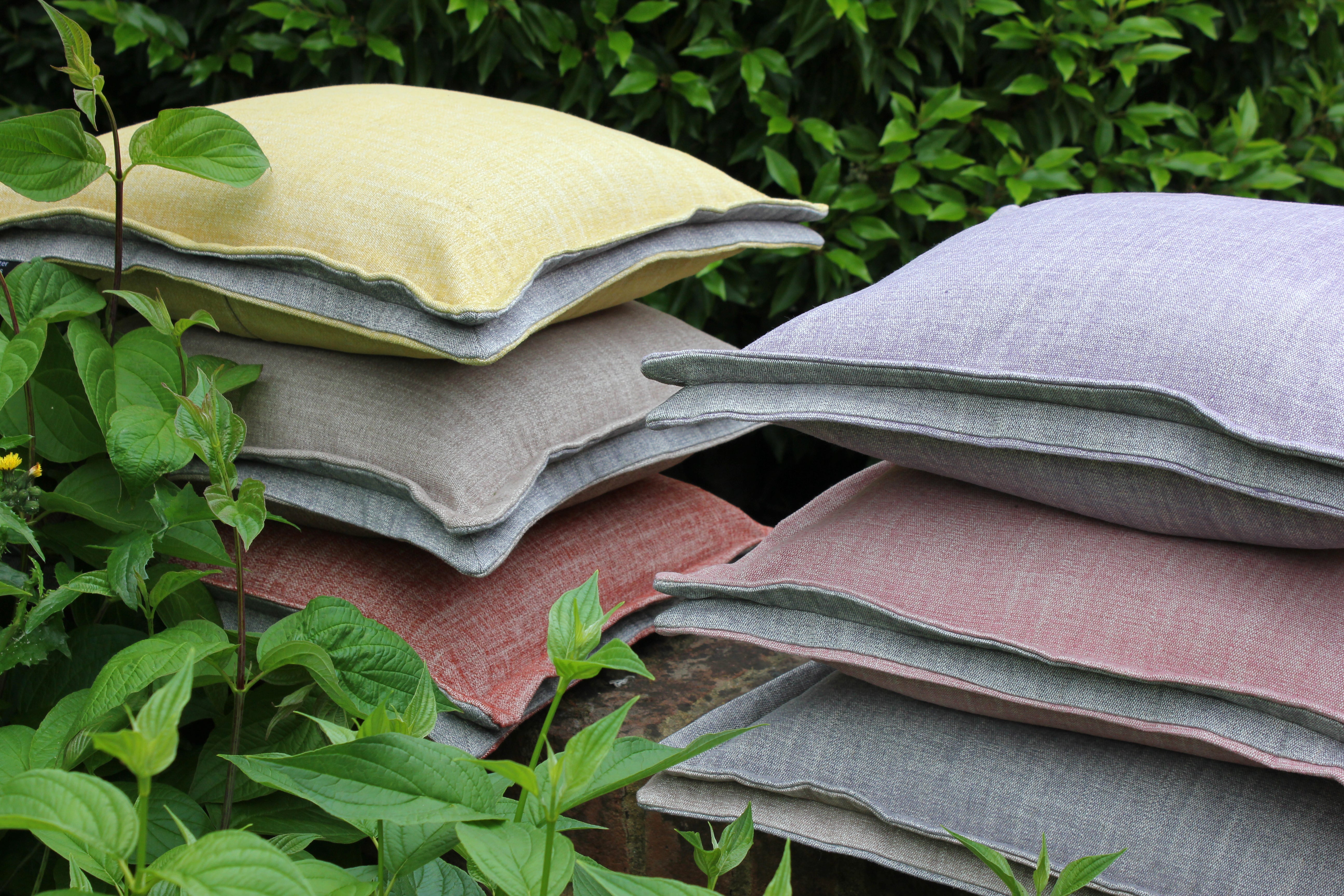At UK Curtains and interiors, as well as selling our own designer fabrics and accessories, we also offer a bespoke, made-to-measure curtains service. The ready-made variety may seem the simpler option, so what are the benefits of purchasing made-to-measure instead?
Firstly, a tailored service allows you to choose from a huge variety of fabrics which might otherwise be limited in our ready-made selection. It is also important to remember that there is no standard room size or shape; therefore, conventional curtains may not fit correctly.
Having curtains made to measure is the best way to get an original and unique design in a high-quality fabric. This is an especially simple solution if you have an unusual or irregularly-shaped area in your house, such as an oversized or corner window that will not fit standard-sized curtains.
When you have a specific idea of how you wish your home to look, bespoke curtains clearly offer more freedom in design. Furthermore, we've designed our website to be incredibly easy to use so making an informed decision is simple.
Here's a quick and easy guide to measuring for your new curtains:
Step One: Choose your fabric and heading tape
Firstly, you'll need to decide on the fabric and design you want as you will need to know its specific width in order to calculate how much you will need. You'll also need to decide on which heading tape to get as this also affects the width of the curtains. For shallow pleats, choose a standard heading tape, and for neat rows of deep pleats, choose pencil pleat tape. It’s important to remember that heavier fabrics will need fewer gathers in order to look full.
Step Two: Calculate the number of fabric widths
Always measure the curtain track or pole width, not the window. If you have a track with a centre overlap, measure the track from end to end then measure the overlap and add the two measurements together (see diagram 2). from your measurment we will nake you a pair of curtains which will makethe curtains between 1.9 to 2 X fabric cover within the pair to give you ample coverage over the window.

Step Three: Measuring for curtain drop
Curtains are best hung either to the floor, to a sill or below the sill. We recommend that curtains finish either:
- 1cm above the floor
- 15-20cm below the sill (or 2cm above the radiator)
- 1cm above the sill

Always measure in at least three positions across the track/pole and use the shortest measurement as floors and sills are rarely level.
Step Four: Measuring for Pencil Pleat or Eyelet Headings
Pencil Pleats -
For tracks, measure from the top of the track to where the curtain is to finish. When using a pole, measure from the underside of the ring to where you want the curtain to finish.
Eyelets -
The eyelet will fit poles up to 30mm in diameter. The inner edge of the eyelet is set down 5cm from the top of the curtain. Measure from the top of the pole to where you want the curtains to finish. This is the measurement you give us (from the top of the pole to the floor). We will then add 5cm of cloth from top of the eyelet to ceiling.

If you have any questions or queries, please do not hesitate to contact us as we will be more than happy to assist you!






Thank you for the blog, it’s loaded with a lot of helpful info. This .
Hi, I’m a little confused about the different headings as I think the terms are a bit different in the US. Are pencil pleat headings where the rings are above the curtains? And are eyelets built into the curtains? I think eyelets are what are commonly called grommets here, but I didn’t see that type of header pictured in the listing for the Magda curtains. Just wanted to be sure before ordering. Thanks!
Leave a comment